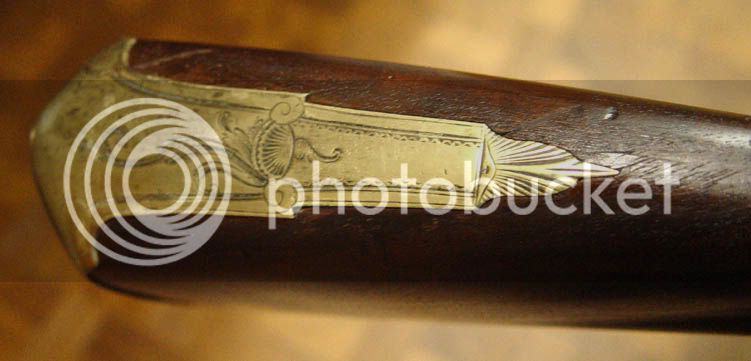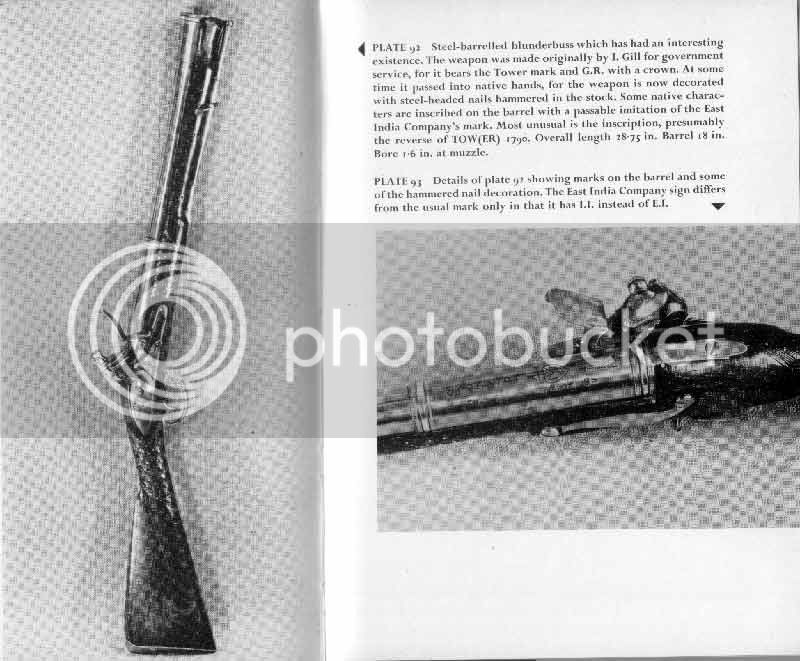BlackNet
40 Cal.
- Joined
- Sep 18, 2005
- Messages
- 293
- Reaction score
- 2
I don't suppose anyone has some buttplate photo's they would liek to share? I have an unfinished buttplate in my blunderbuss kit and all the plates I have seen (all unfinished) has these raised square tabs on them, mostly 1 or 2, was curious what that's for and what it should look like when it's finished. Searches on the net does not turn up much in this area and im told it's the buttplate that makes the difference in all the older stuff but that's one area that's hardly ever shown.
Was thinking about checkering and using the tabs as screw holes. There's other design methods I was thinking about as well but that one seems the best one so far.
Ed
Was thinking about checkering and using the tabs as screw holes. There's other design methods I was thinking about as well but that one seems the best one so far.
Ed










